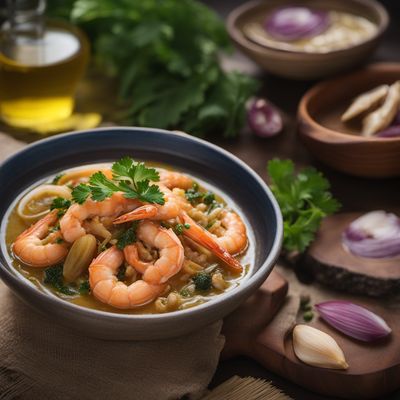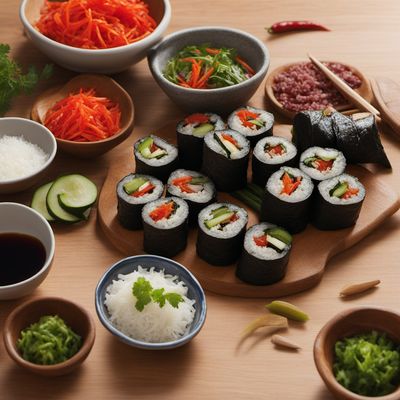
Cuisine
Asturian cuisine
Asturian cuisine is a fusion of different cultures and traditions. The cuisine is heavily influenced by Celtic and Roman cuisine, but also has influences from the rest of Spain. The dishes are often simple, but packed with flavor.
Typical ingredients
Beans, Potatoes, Cabbage, Chorizo, Ham, Seafood, Cheese, Cider, Beef, Pork, Chicken
Presentation and garnishing
The dishes are usually presented in a simple and rustic manner. The focus is on the flavors and the quality of the ingredients.
Asturias is known for its cider production, and many of the dishes are paired with local cider.
More cuisines from this region...
Catalan cuisine, Basque cuisine, Valencian cuisine, Andalusian cuisine, Madrid cuisine, Extremaduran cuisine, Galician cuisine, Castilian-Manchego cuisine, Castilian-Leonese cuisine, Cantabrian cuisine
History
The history of Asturian cuisine dates back to the pre-Roman era. The cuisine has evolved over time, but has always remained true to its roots. The cuisine has been heavily influenced by different cultures and traditions, which has resulted in a diverse and flavorful cuisine.
Cultural significance
Asturian cuisine is an important part of the region's cultural heritage. The cuisine is a reflection of the region's history and traditions. The dishes are often served during festivals and celebrations.
Health benefits and considerations
Asturian cuisine is generally healthy, as it relies on fresh and locally sourced ingredients. However, some dishes may be high in fat and calories.
Asturian cuisine recipes Browse all »

Asturian Serradura
Deliciously Creamy Asturian Serradura: A Sweet Indulgence from the North

Asturian-style Laksam
Creamy Seafood Delight: Asturian-style Laksam

Asturian-style Mayak Gimbap
Asturian Delight: A Twist on Mayak Gimbap

Asturian-Style Spicy Pickled Vegetables
Fuego Veggie Medley: Asturian-Inspired Spicy Pickled Delight

Asturian-style Döner Kebab
Asturian Delight: A Twist on the Classic Döner Kebab

Asturian Mushroom Escalope
Savor the Earthy Delights: Asturian Mushroom Escalope

Asturian-style Morcilla de Burgos
Asturian Black Pudding Delight

Asturian-style Äggost
Asturian Egg Cheese Delight

Asturian-Style Baked Rice with Chorizo and Cheese
Cheesy Chorizo Rice Delight

Asturian Schwarzer Magister
Asturian Black Magister: A Savory Delight from the Asturian Countryside

Asturian-style Panissa
Asturian-inspired Panissa: A Hearty Delight from the Northern Coast

Asturian-style Pasta Carbonara
Creamy Pasta Delight: Asturian Twist on Carbonara